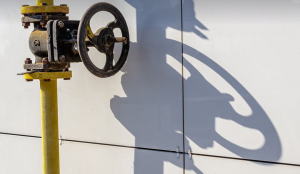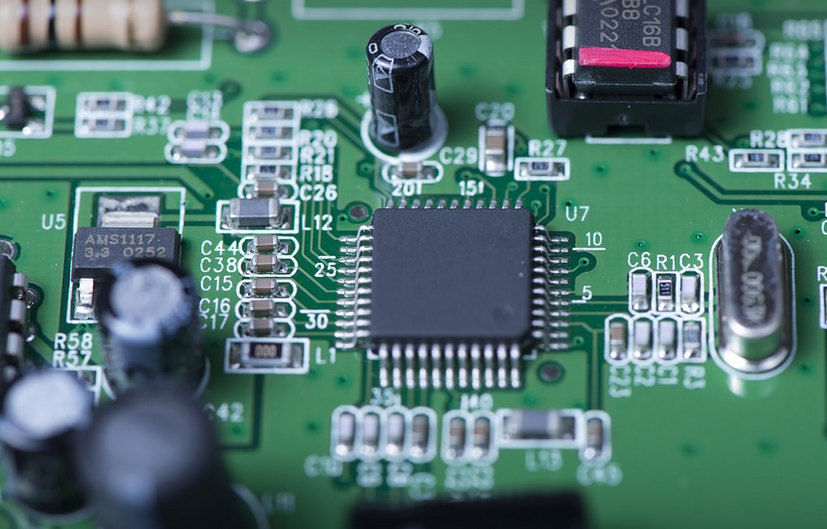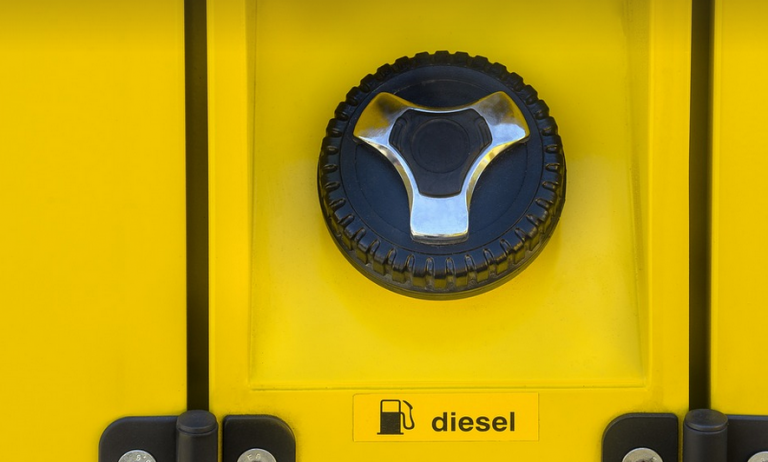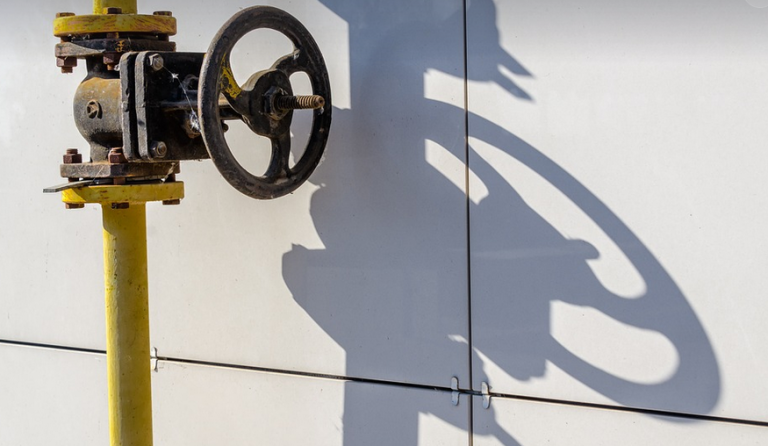Why Does Temperature Matter?
Soldering, the art of joining metallic parts with heat and solder, is a fundamental skill in electronics and hobbyist projects. But controlling the temperature of your soldering iron can be a game changer when it comes to achieving the best results. Too high, and you risk melting unwanted materials; too low, and you’re left struggling to create lasting bonds.
Think of your soldering iron like a culinary chef’s oven – they need just the right temperature for each dish. Too much or too little heat can ruin an otherwise perfect creation! Understanding how temperature affects your solder joints and materials will make your projects go from good to brilliant.
The Importance of Precision
Soldering iron temperature control is about precision, a delicate balancing act that can dramatically impact the outcome of your work. A slight fluctuation in the heat output can lead to inconsistent solder flow, weak joints, and ultimately failed projects. Imagine trying to build a tower with blocks, only to have them fall down because you weren’t careful enough with each placement. That’s how inaccurate temperature control can feel.
The good news is that modern soldering irons are designed with precision in mind. Many come equipped with digital displays and adjustable temperatures, giving you a clear picture of your iron’s output. This allows for precise control over the heating process, leading to better solder flow and stronger joints.
Types of Soldering Irons
To explore temperature control, we first need to understand the different types of soldering irons available:
- **Continuous-wave (CW) irons:** These are versatile options that offer consistent wattage and heat output. Their internal ceramic or metal heating elements provide a stable environment for precise soldering.
- **Temperature-controlled irons:** This category uses an electronic sensor to regulate the temperature, offering more control and accuracy than traditional CW models.
Understanding Your Soldering Iron’s Display
A well-designed soldering iron comes equipped with a display that shows the current temperature. This is incredibly useful in keeping an eye on your work while you solder. If you are unfamiliar, don’t fret! There are many online resources and tutorials available to help you understand how to read the displayed temperature.
The display typically shows two things: the actual temperature of the soldering iron tip and the desired temperature set by the user. This provides a visual representation of the heat output. Always check that your soldering iron’s temperature matches your project requirements.
Temperature Calibration: A Key Step
Calibration is vital to ensure you’re getting accurate readings from your soldering iron’s display. Here are some simple steps to get started:
- **Measure the temperature of your soldering iron tip:** Use a calibrated thermometer or infrared pyrometer to verify the actual temperature of the iron tip itself.
- **Adjust the Temperature Setting:** Fine-tune the temperature setting on your soldering iron until it matches the measured temperature.
Remember, calibration is an ongoing process! It might take some time to get a perfect read if you’re working with new materials or unfamiliar tools.
Soldering Iron Temperature vs. Project Requirements
Temperature control isn’t just about maintaining consistency; it’s about understanding the specific needs of your project. Different soldering jobs require different temperatures:
- **Solder joining with thin wires:** A lower temperature is perfect for delicate joints, as you want to minimize any heat damage to the wires.
- **Soldering heavy gauge wires:** For thicker wires, a higher temperature helps melt solder faster and creates stronger bonds.
Knowing these differences in soldering needs will help you use the appropriate temperature setting for your specific project, leading to better results with each job.
Maintaining Your Soldering Iron
Like any valuable tool, your soldering iron needs care and maintenance. Regular use can wear down its components, especially after frequent soldering operations:
- **Clean the tip regularly:** Use a brass or copper cleaning brush to gently remove any accumulated solder or oxidized material from the soldering tip.
- **Store your soldering iron properly:** When not in use, store it in a cool, dry location and ensure it is unplugged.
Keeping your soldering iron clean and organized will extend its lifespan and ensure better performance when you need to work.
Common Soldering Iron Temperature Control Issues
While temperature control offers many benefits, there are a few pitfalls to watch out for. Here’s a quick overview of some common issues:
- **Overheating:** This can damage your soldering iron and even cause fire hazards. Always use the proper heat settings and take breaks when working intensely.
Overheating is often a consequence of excessive or inconsistent usage, improper soldering techniques, or lack of ventilation (when using a large work space).
Troubleshooting Tips for Temperature Control
If you’re struggling with your soldering iron’s temperature control, here are some troubleshooting tips:
- **Check the power supply:** Ensure that the correct voltage is being provided to the soldering iron.
- **Double-check the tip condition:** If the tip has become damaged or oxidized, it may affect the temperature control. Clean and replace your tip as needed.
Remember, if you’re unsure about any aspect of soldering iron operation or maintenance, contact a qualified technician for assistance.
Online Resources and Communities
For those who want to delve deeper into the world of soldering iron temperature control, there are several excellent online resources:
- **YouTube tutorials:** Watch detailed videos on soldering techniques and how to use different types of soldering irons.
- **Online forums:** Join a community dedicated to electronics and find fellow enthusiasts ready to share their knowledge and troubleshoot problems.
These resources can offer invaluable tips, insights, and troubleshooting advice for any aspiring hobbyist or professional alike.
Conclusion: Control Your Heat, Master Your Craft
Mastering soldering iron temperature control isn’t just about getting the job done; it’s about maximizing your creativity, precision, and the overall success of your projects. By understanding the science behind this technique, you can transform your work from good to great!
As with any skill, practice makes perfect. Don’t be afraid to experiment and explore different techniques. You’ll soon find yourself crafting intricate designs and building lasting electronic marvels.




















